Jolyon Palmer’s Analysis: Hamilton and Vettel’s controversial Canada incident from both drivers’ perspective

There was one major incident in the Canadian Grand Prix, but two very different viewpoints from the cockpit. Using all of his racing experience, former F1 driver and BBC commentator Jolyon Palmer looks at the incident between Lewis Hamilton and Sebastian Vettel through the eyes of both drivers – and argues why, in his opinion, the stewards made the right decision.
The view from Lewis Hamilton’s car
Lewis Hamilton had been pressurising Sebastian Vettel since pitting for hard tyres. For Hamilton this was on Lap 28 of 70, two laps later than his German rival. In the first half of the race on the medium compound, Hamilton couldn’t make any inroads into Vettel’s lead, trailing him by around 2-2.5 seconds all stint.
As soon as Hamilton switched to the hard tyres, it was clear he was more comfortable in the car. From Laps 28-38 he brought the gap down from 5 seconds to 1.5 seconds, and in the next 10 laps he was able to often get within a second of Vettel, piling pressure onto the Ferrari man.
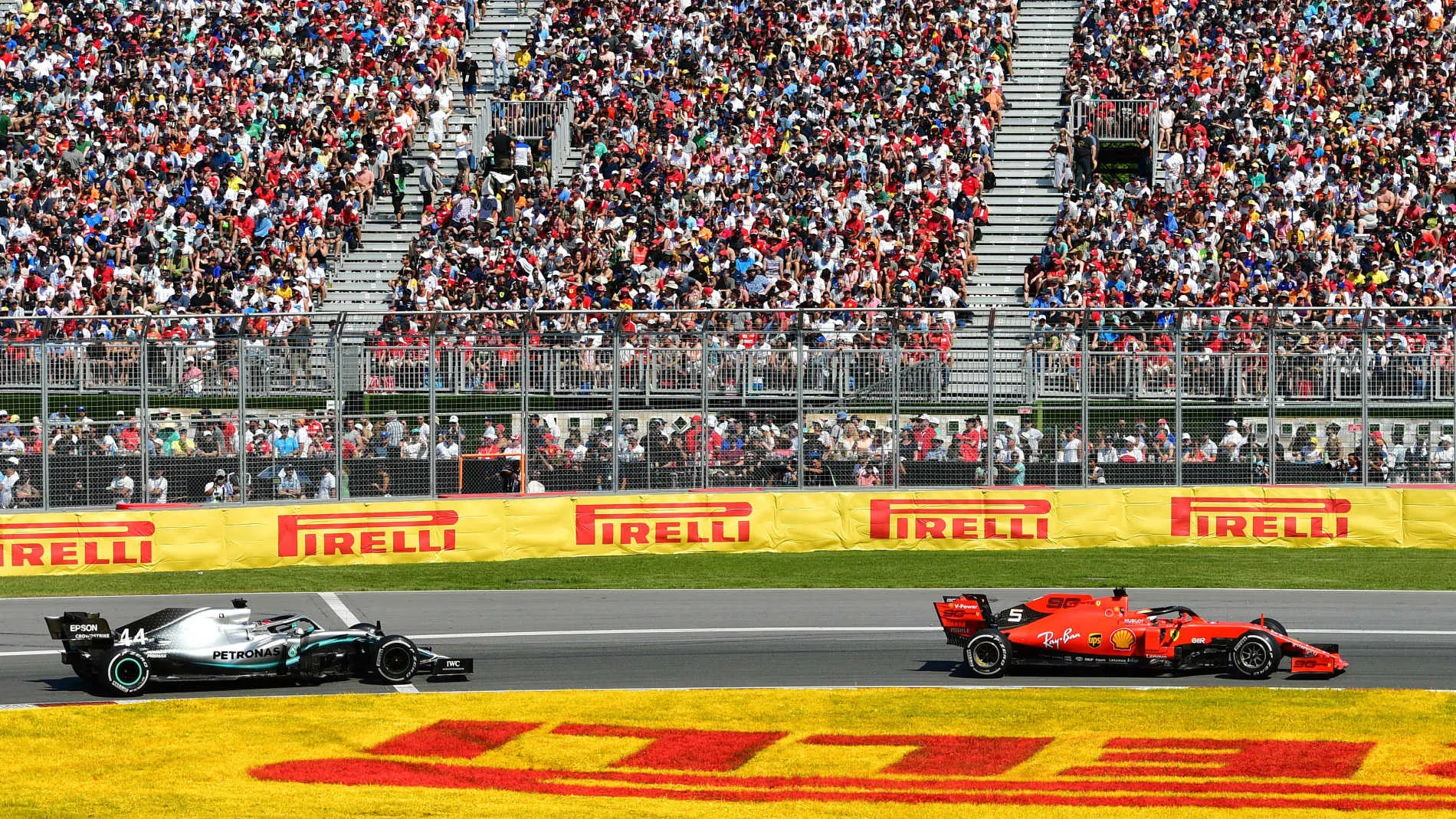
Hamilton could afford to push to the limit and lock up. He absolutely had to
But pressure was all he could do, because Hamilton was struggling to follow through the middle sector in particular, and critically he couldn’t get around the hairpin very well in the turbulent air of the Ferrari.
This is a crucial corner for an overtake because it leads onto the long straight, with DRS, into the final chicane. Hamilton had a few lock-ups here in the dirty air and would often lose what he had been working a number of laps to gain. But Hamilton could afford to push to the limit and lock up. He absolutely had to. Because Ferrari left Leclerc out long on his first stint, he had dropped out of the lead pack. This allowed Hamilton some reprieve when he was making his small errors, as he was never going to be under attack from behind.
Finally, as the two drivers began Lap 48, Hamilton was within 0.7 seconds of Vettel. The screw was being turned by Hamilton, and a couple of corners later he saw his rival make that mistake he was hoping for, bouncing over the grass at Turn 3 and giving Hamilton the chance he needed.
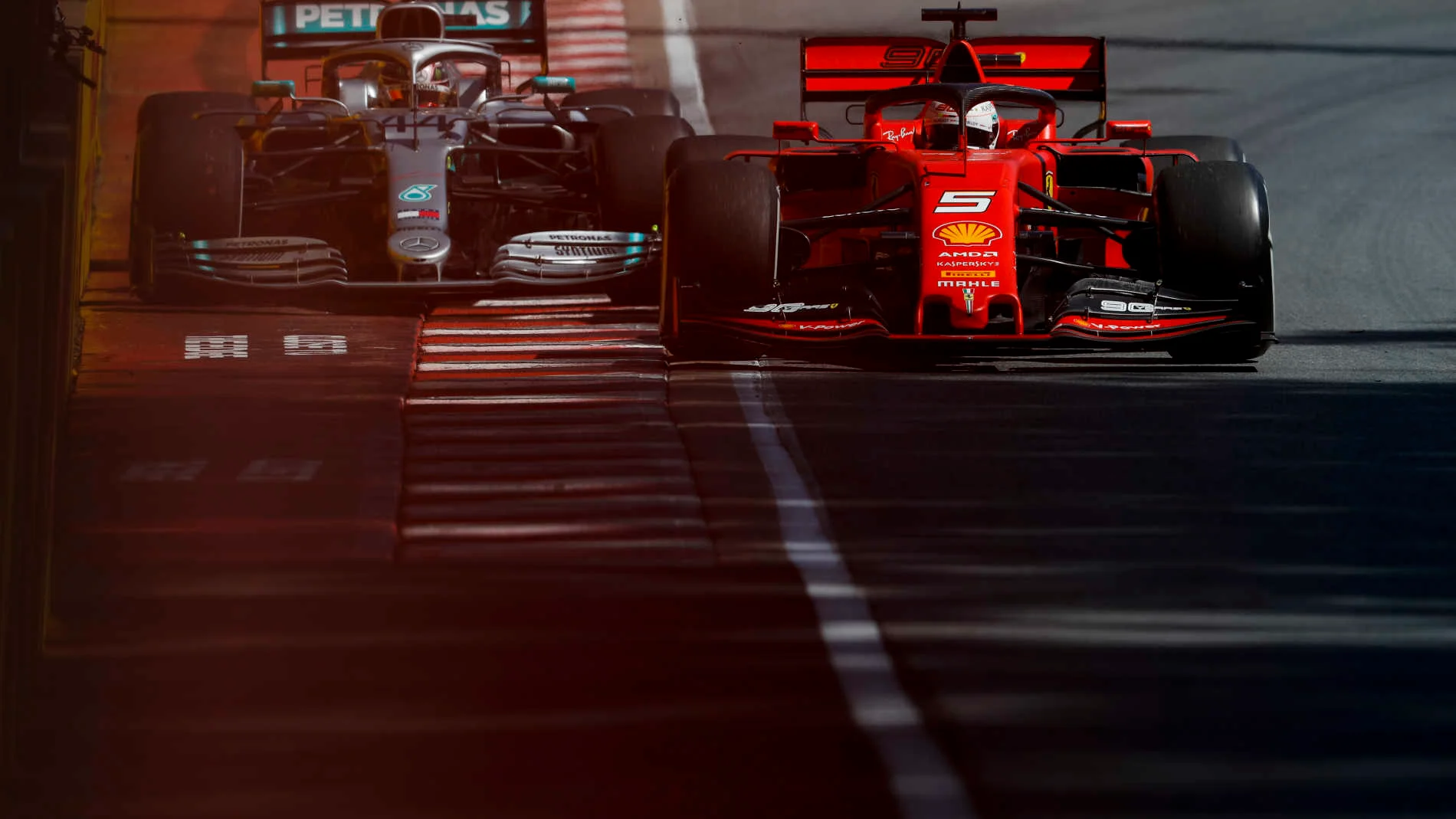
Vettel continued to close the gap and Hamilton did well to back out of it before the two of them came together
It was clear he had to go on the outside as he was too close to Vettel to go inside, with his rival still there trying to re-join the track.
Whilst Hamilton had a big closing speed, he actually lifted off as he was coming up to Vettel, because Vettel seemed out of control, bouncing over the grass. As the Ferrari settled down. Hamilton kept his momentum up and went for the gap on the outside.
Vettel continued to close it and Hamilton did well to back out of it before the two of them came together. In that position, the natural thing to do is to radio in to the FIA, because clearly Hamilton had to take avoiding action to avoid crashing with either an out of control car, or a car that was squeezing him into the wall deliberately, depending on your viewpoint.
The view from Sebastian Vettel’s car
For Vettel, the race was in control for the first 30 laps. Qualifying was super for him, delivering his first pole for nearly a year, and he was reaping the rewards by comfortably leading the race.
But as Hamilton upped the pressure, Vettel’s race became more uncomfortable. He was also told he had to follow the numbers on the dash. Now this would be either high brake temperatures or high fuel consumption – it’s still not clear. But either way, the fix is the same for the driver – lift and coast.
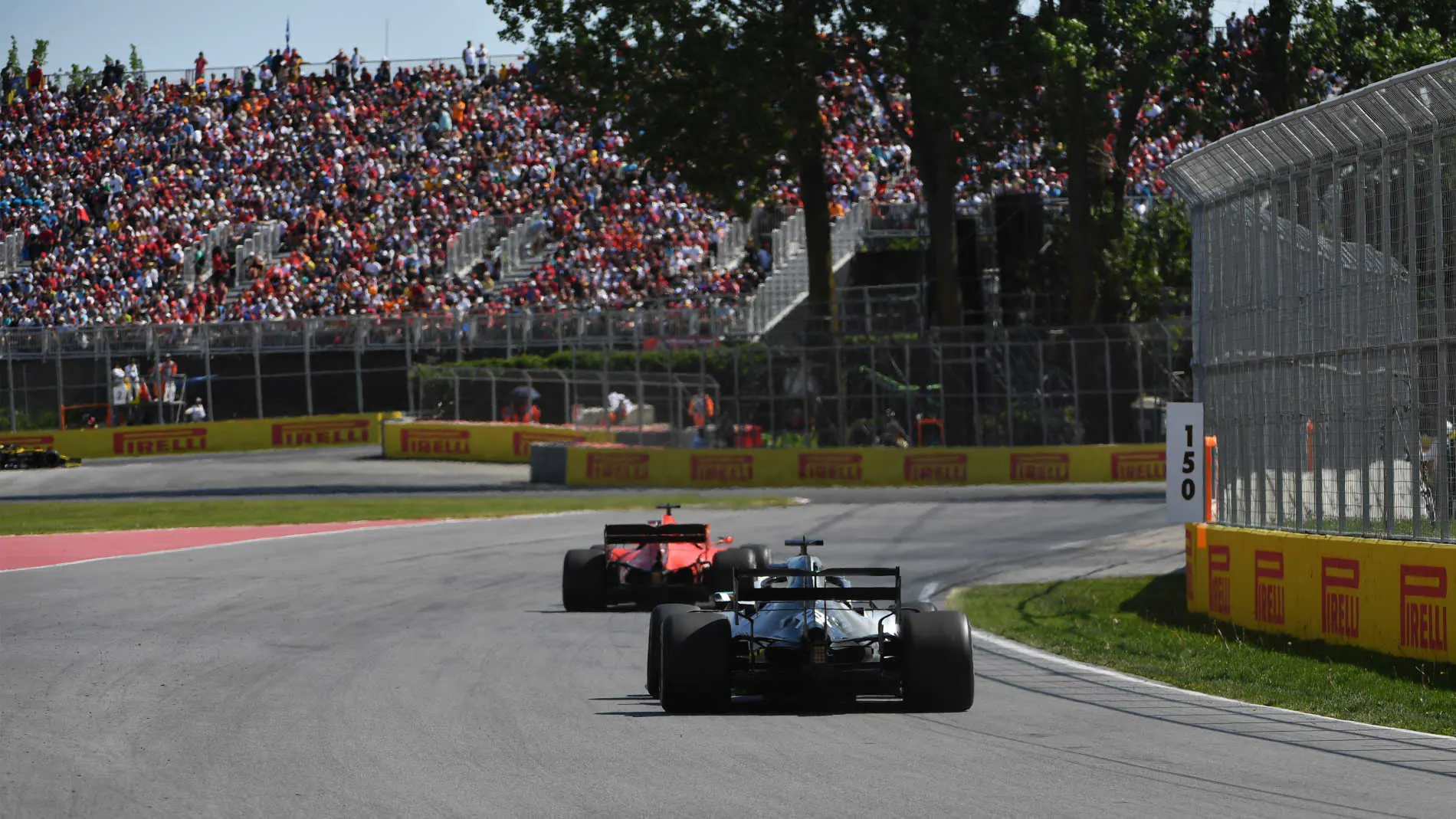
Having to watch his dash numbers may have complicated matters for Vettel in the run up to his off-track moment – as well as the fact that he was catching two backmarkers with Hamilton right on his tail
This is where a driver lifts off around 50 to 100m before hitting the brakes. But this means they can then brake slightly later than usual because the speed is slightly reduced, mitigating slightly the lap time loss. It puts less energy through the brakes and uses less fuel at the end of the straight. It’s a common technique in Formula 1 and doesn’t cost much lap time.
That may have complicated matters for Vettel in the run up to his off-track moment – as well as the fact that he was catching two backmarkers with Hamilton right on his tail.
Approaching Turn 3, he turned in and had a big snap of oversteer, cutting the grass. This was likely because of overheating rear tyres, following the backmarkers and possibly being distracted by Hamilton and having to follow his dash numbers.
Either way it was a big error from the lead of the race. When you have a five-time world champion right behind you, grass tracking is not the sort of thing you can afford from the lead.
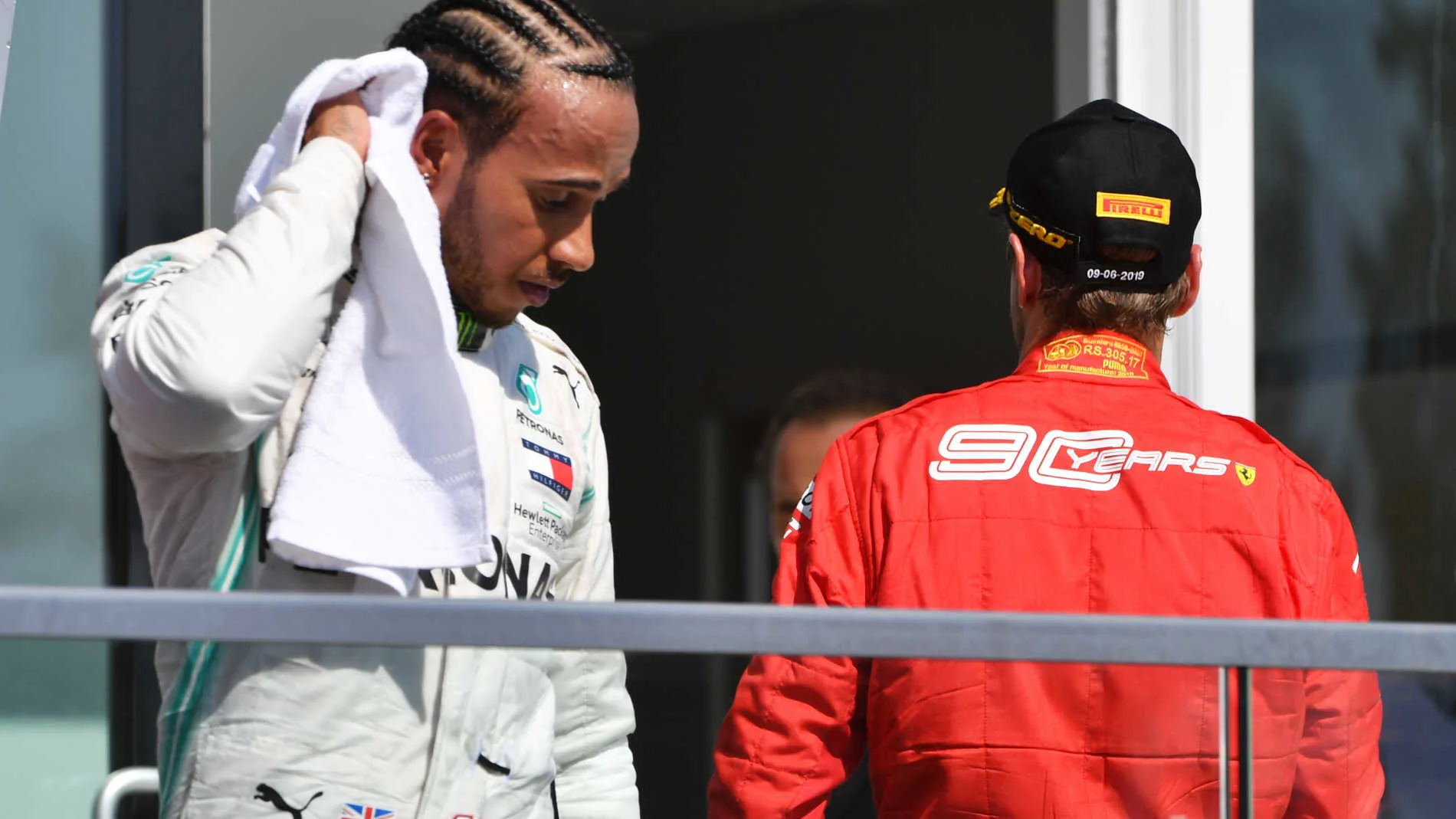
Most drivers would have done the same as these two – but it doesn’t change the fact that what Vettel did contravened the rules
Vettel’s reaction was absolutely normal. He got back on the track as quickly as possible without losing control and proceeded to cut across Hamilton. It was a bit late, though, and Hamilton, who was alongside, had to back out completely.
It was the only thing Vettel could do to save his race. If Hamilton came through, he would win the Grand Prix, and in that situation it’s the natural reaction to get your elbows out and block your rival. But this time, in my opinion, it was a step too far and against the rules, sadly, for Vettel.
Why I think the stewards were right to give the penalty
Formula 1 drivers are unbelievably competitive and that’s why the reactions of both Hamilton and Vettel were as they were. If you swapped their positions, Vettel would have radioed in Hamilton’s move and Hamilton would have done exactly the same move as Vettel. Most drivers would have done the same as these two drivers, but it doesn’t change the fact that what Vettel did contravened the rules.
It was a sad way for everyone to end what may have been a thrilling Grand Prix, but the rules are there and need to be respected. We can’t pick and choose which rules are applied, depending on what fits the popular narrative at the time – and in the long run, the drivers wouldn’t want that either.
Next Up
Related Articles
.webp) F1 IconsBrowning on why 'gentleman' Damon Hill is his hero
F1 IconsBrowning on why 'gentleman' Damon Hill is his hero Team Previews 2026All you need to know about Audi ahead of 2026
Team Previews 2026All you need to know about Audi ahead of 2026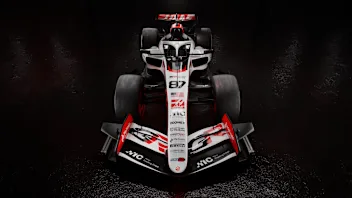 Check out every angle of Haas’ livery design for 2026
Check out every angle of Haas’ livery design for 2026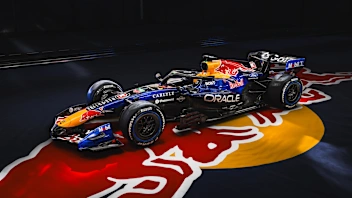 Red Bull unveil striking new livery for 2026
Red Bull unveil striking new livery for 2026.webp) Ocon thinks Haas can be ‘dangerous’ in 2026
Ocon thinks Haas can be ‘dangerous’ in 2026 Logan Sargeant confirmed as Ford WEC Hypercar driver
Logan Sargeant confirmed as Ford WEC Hypercar driver